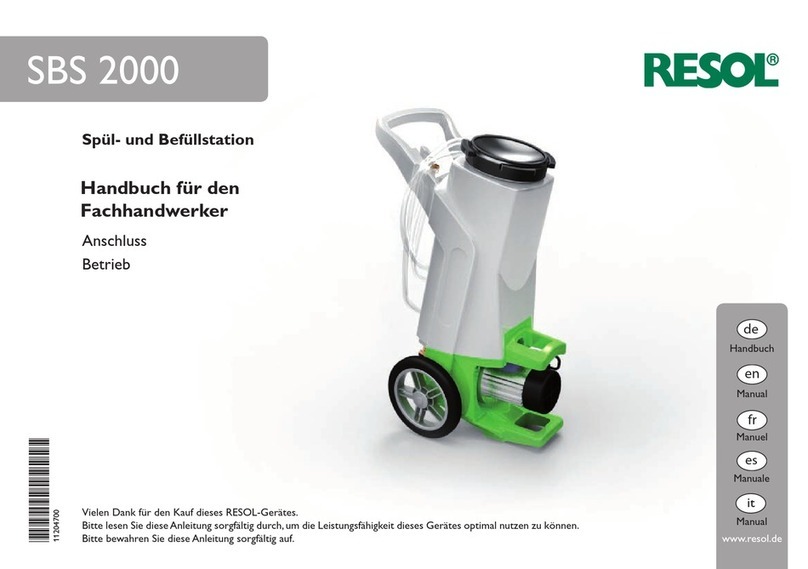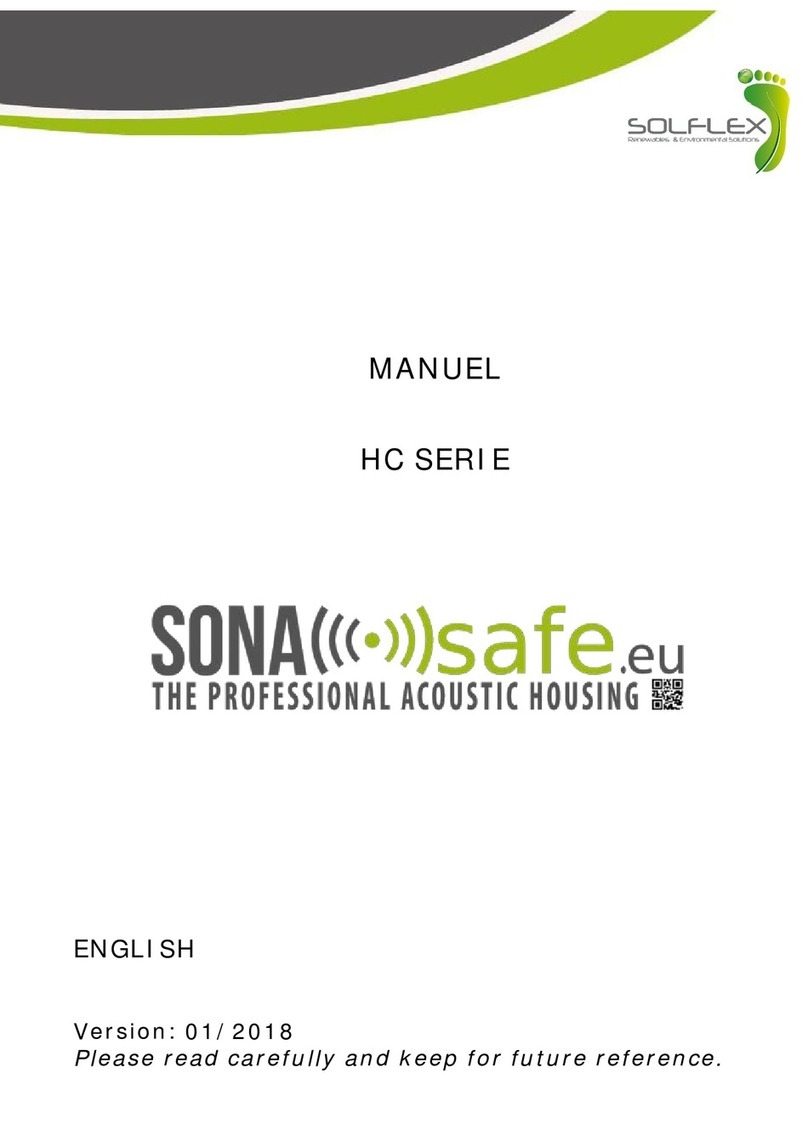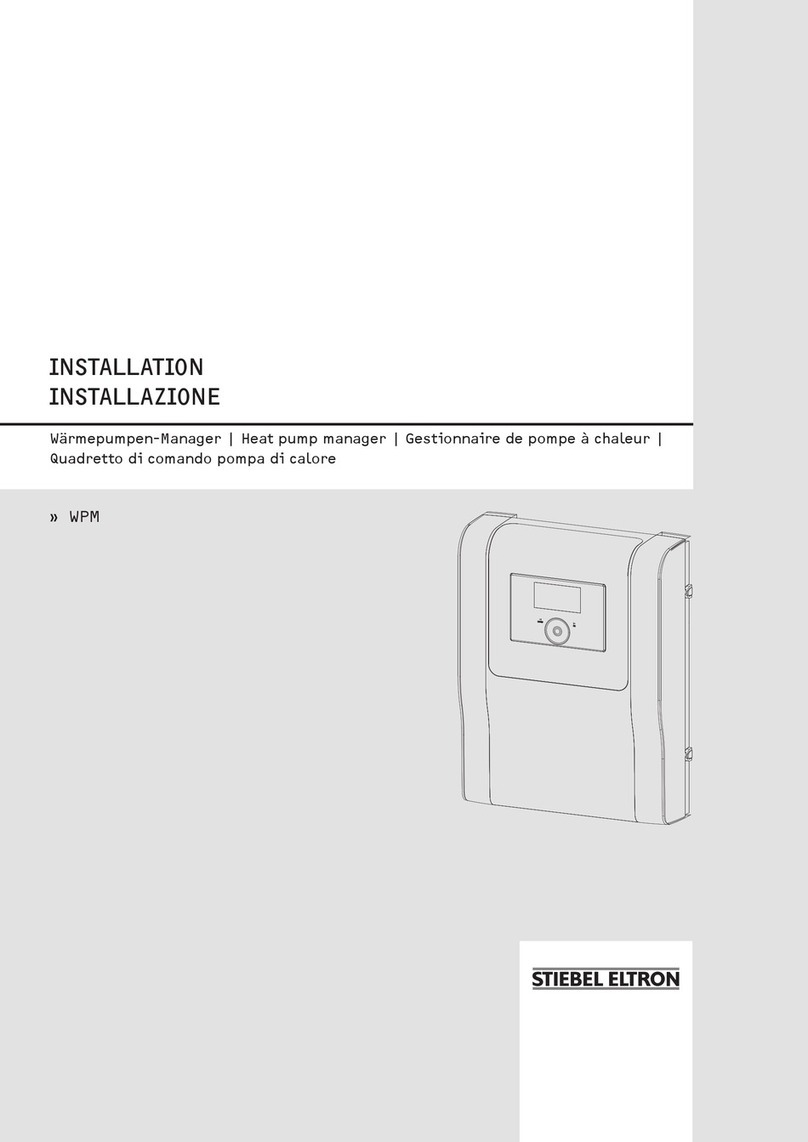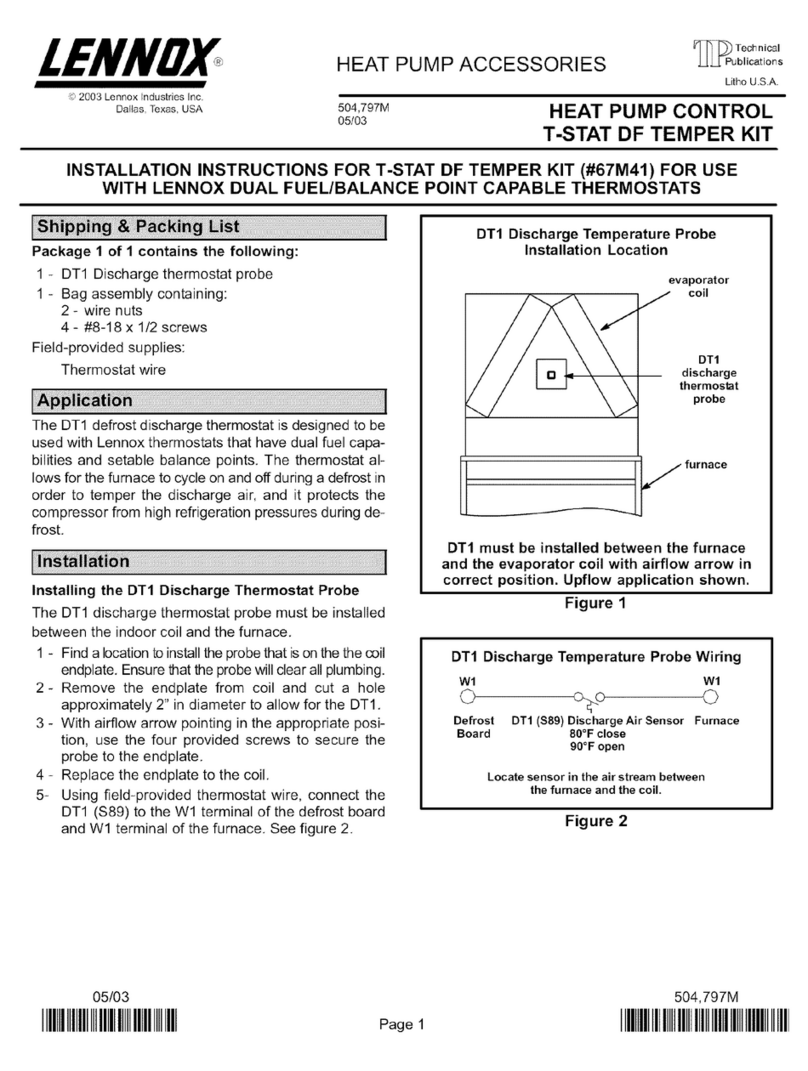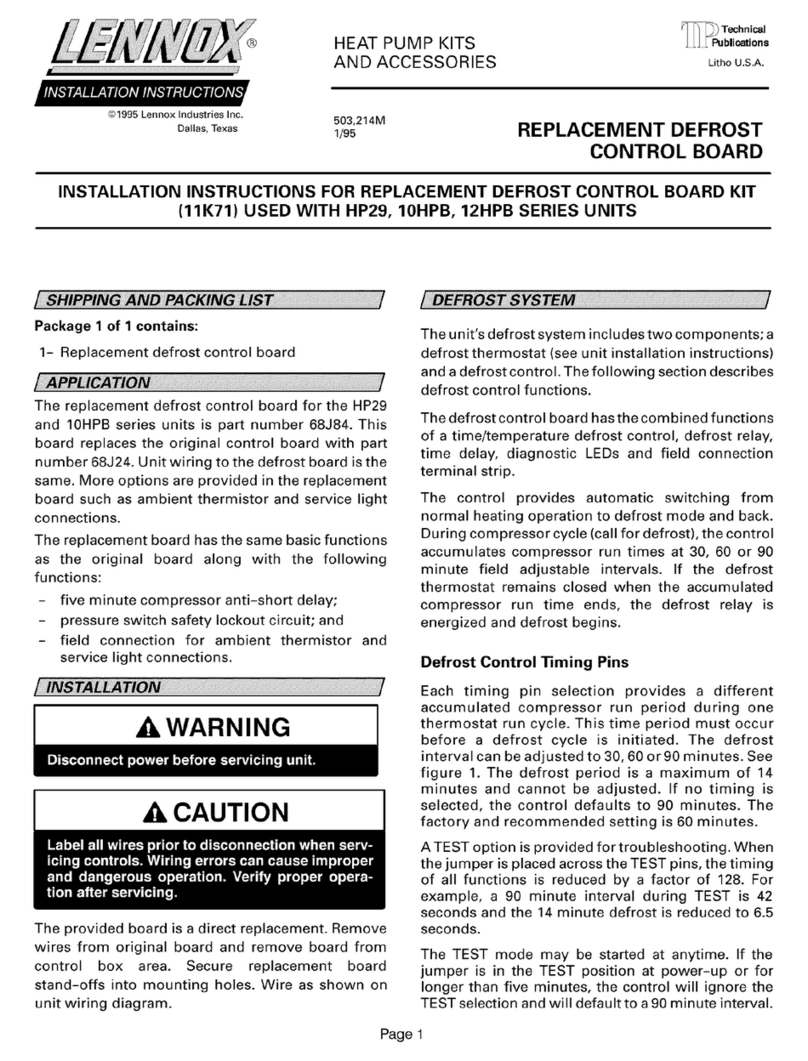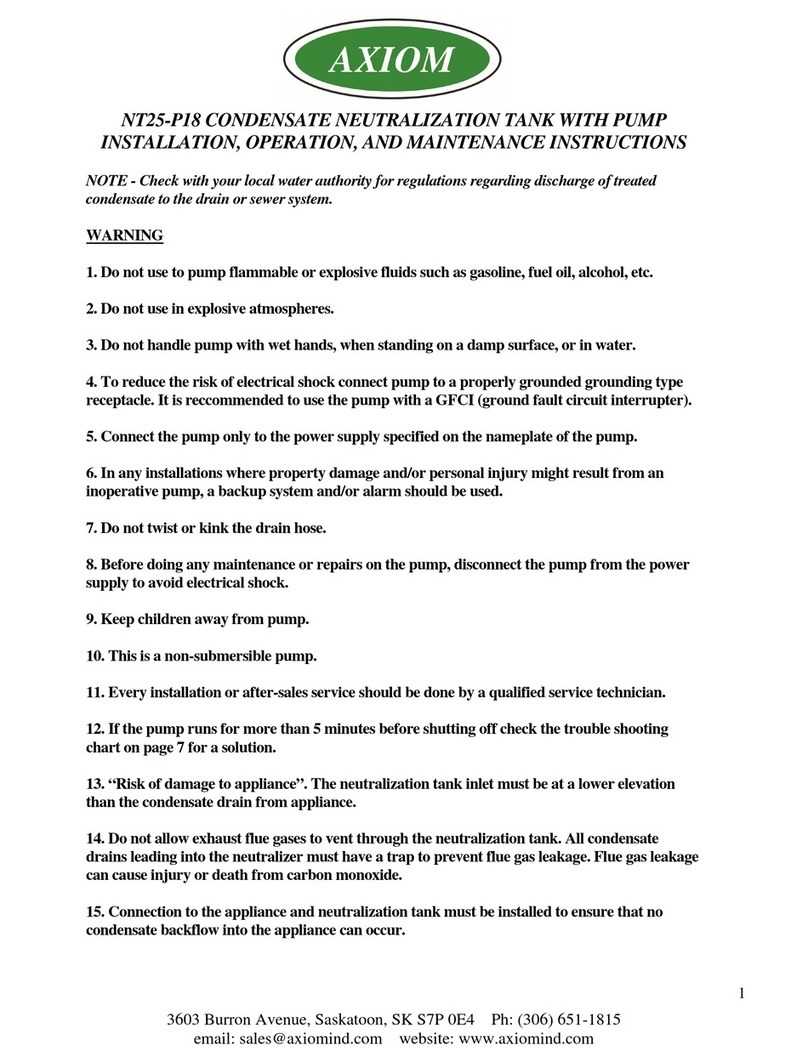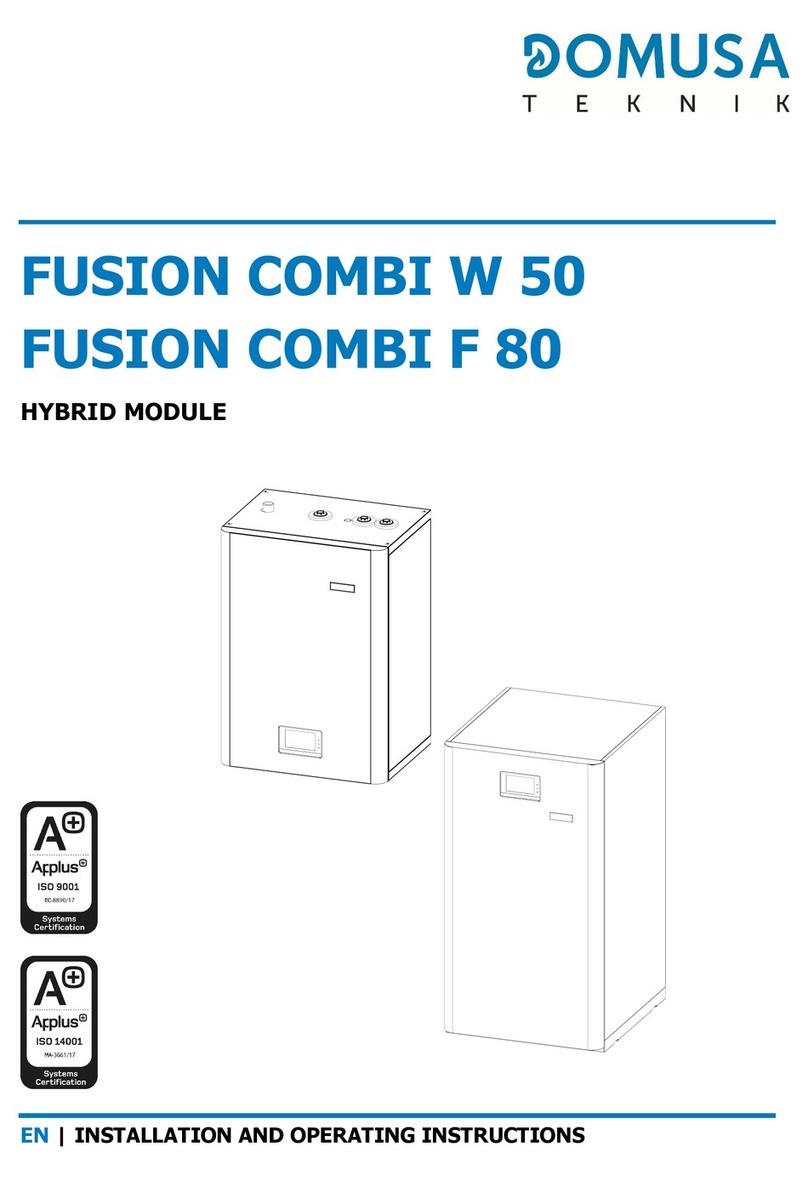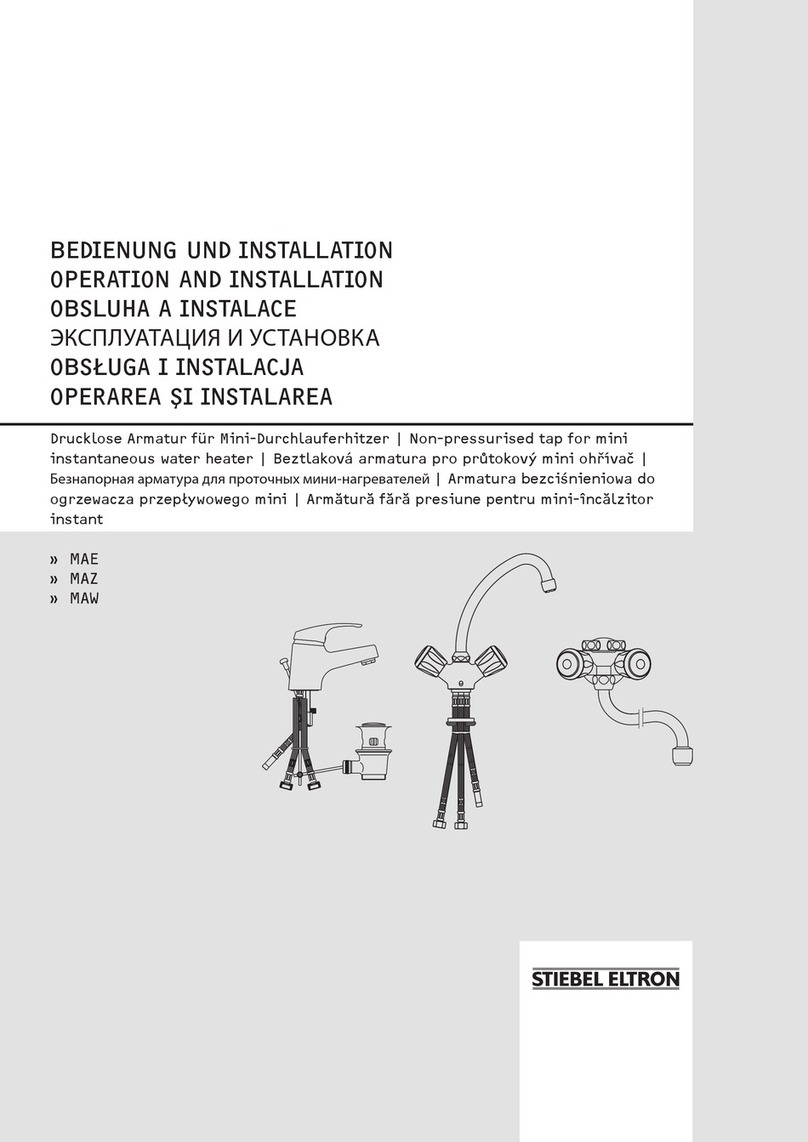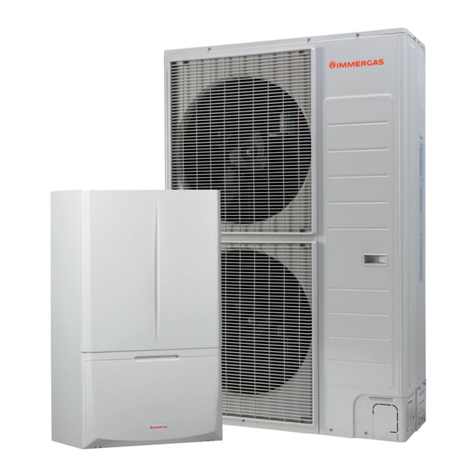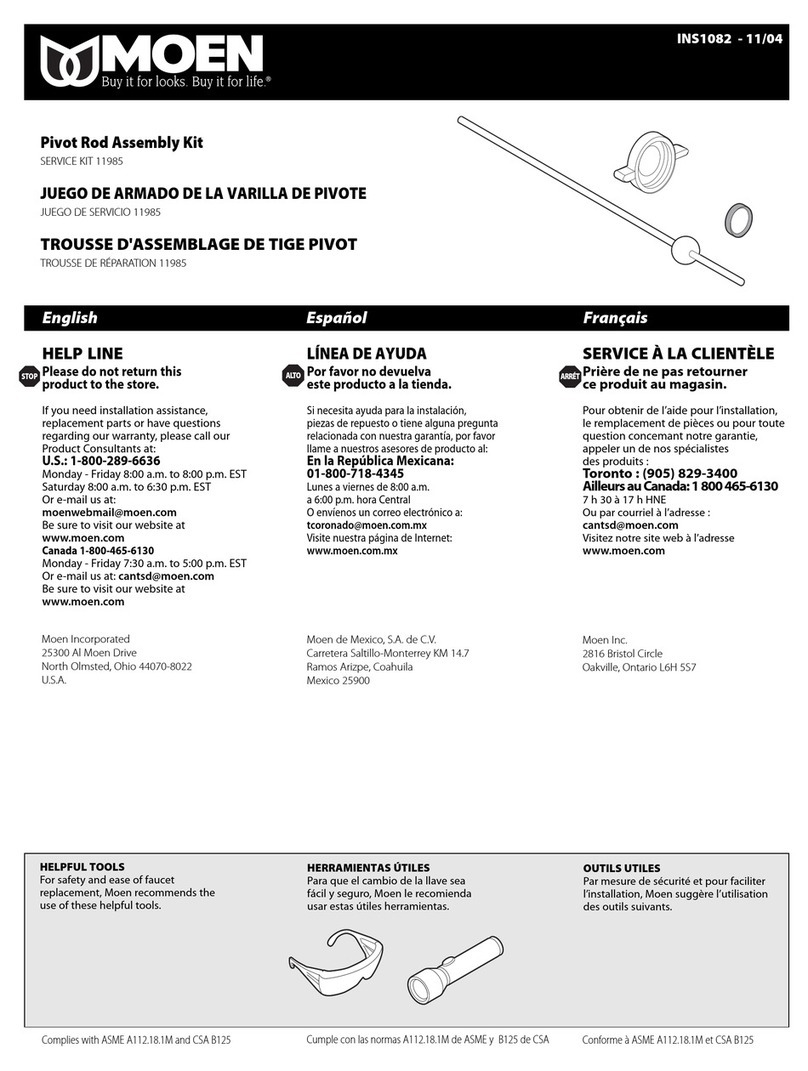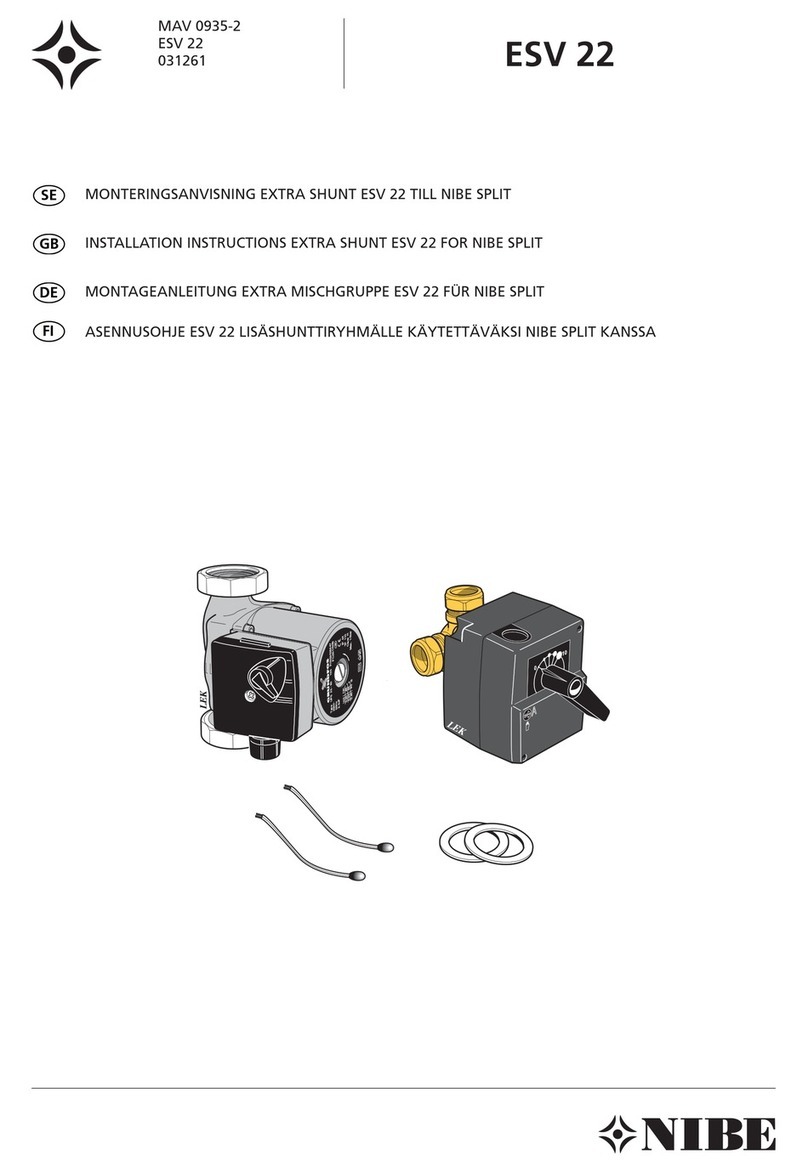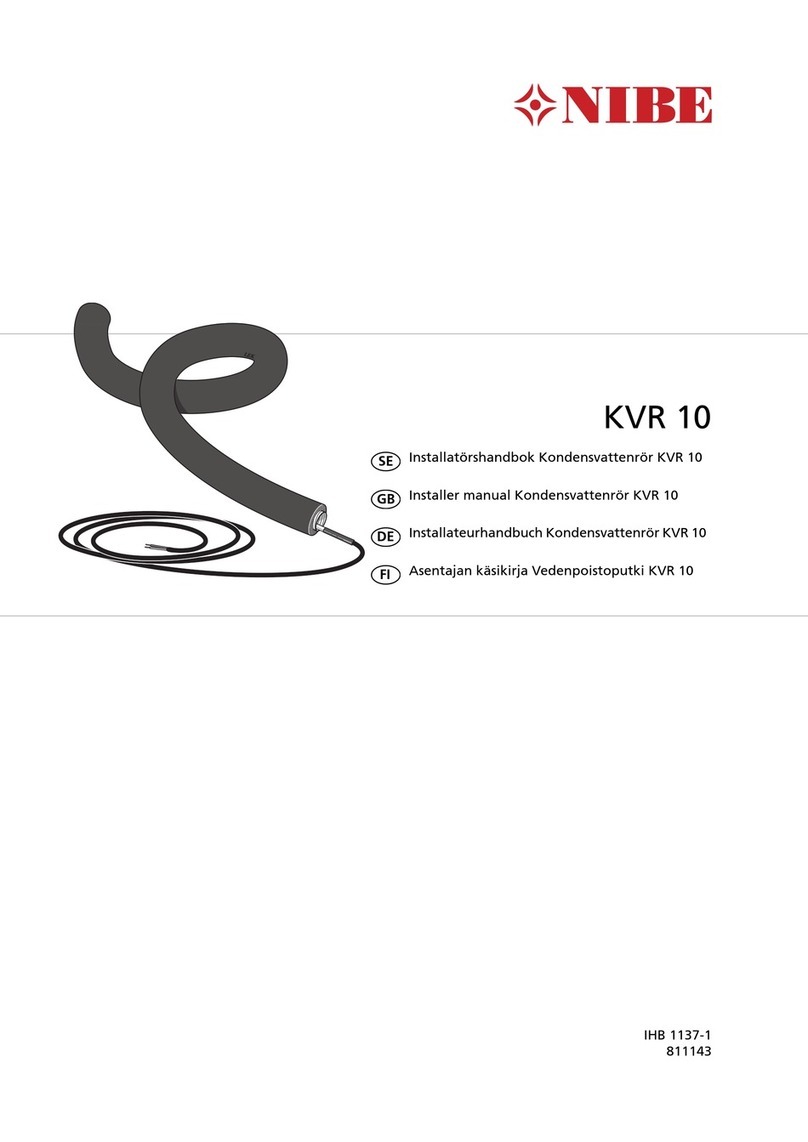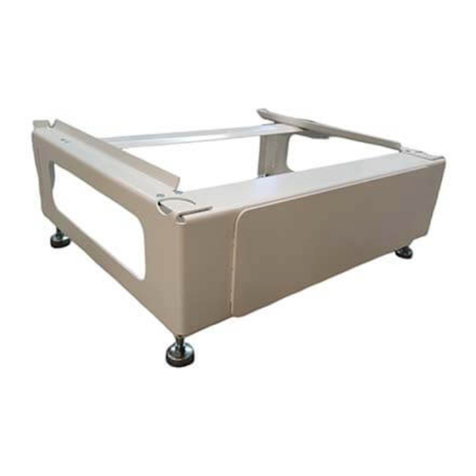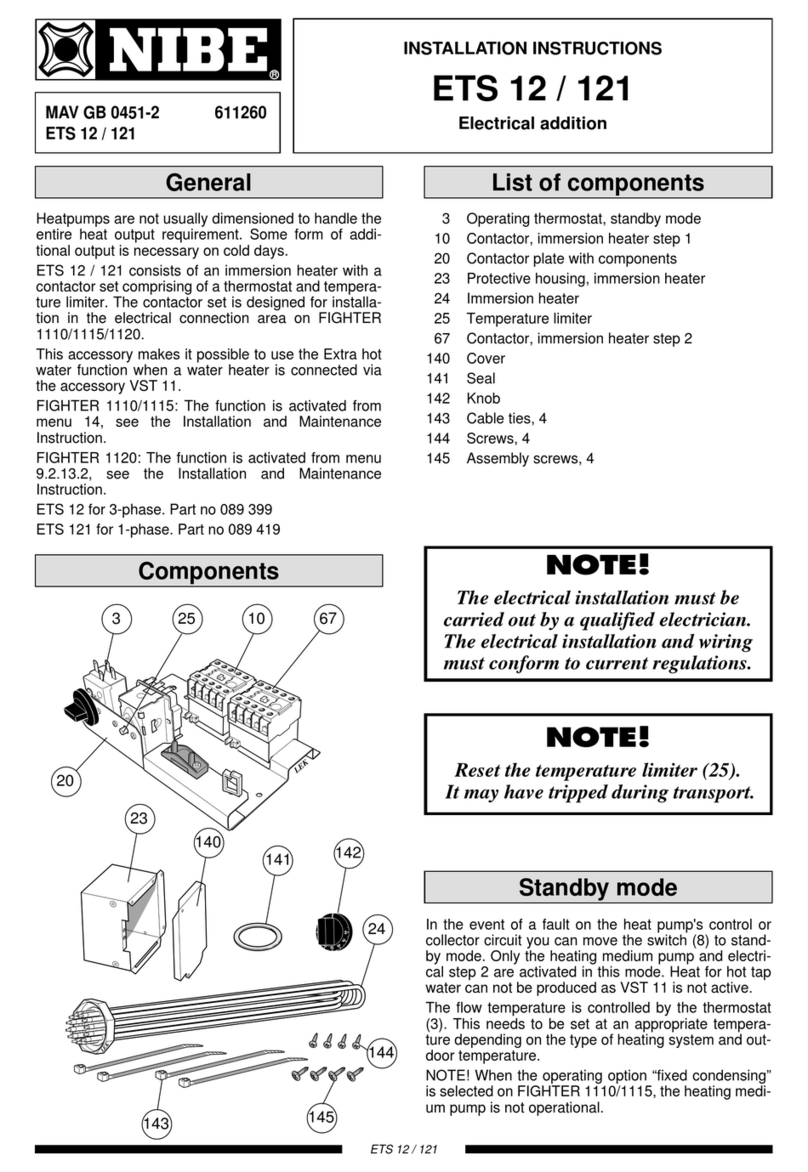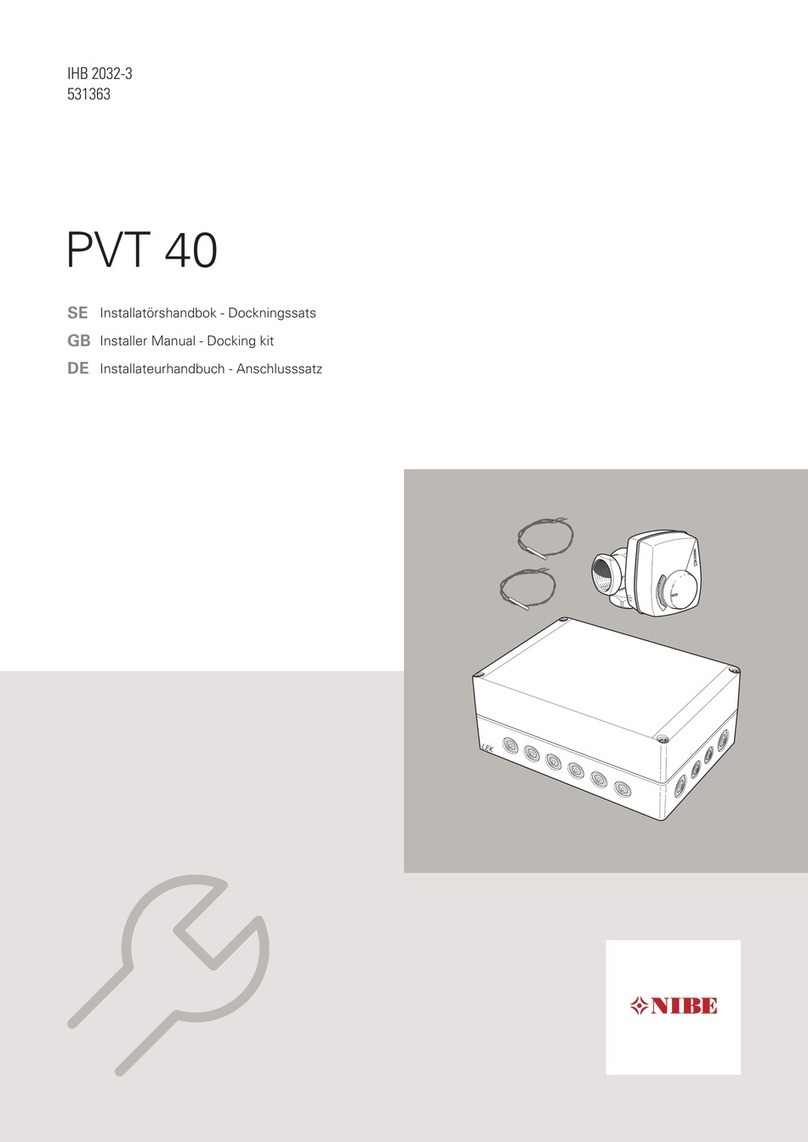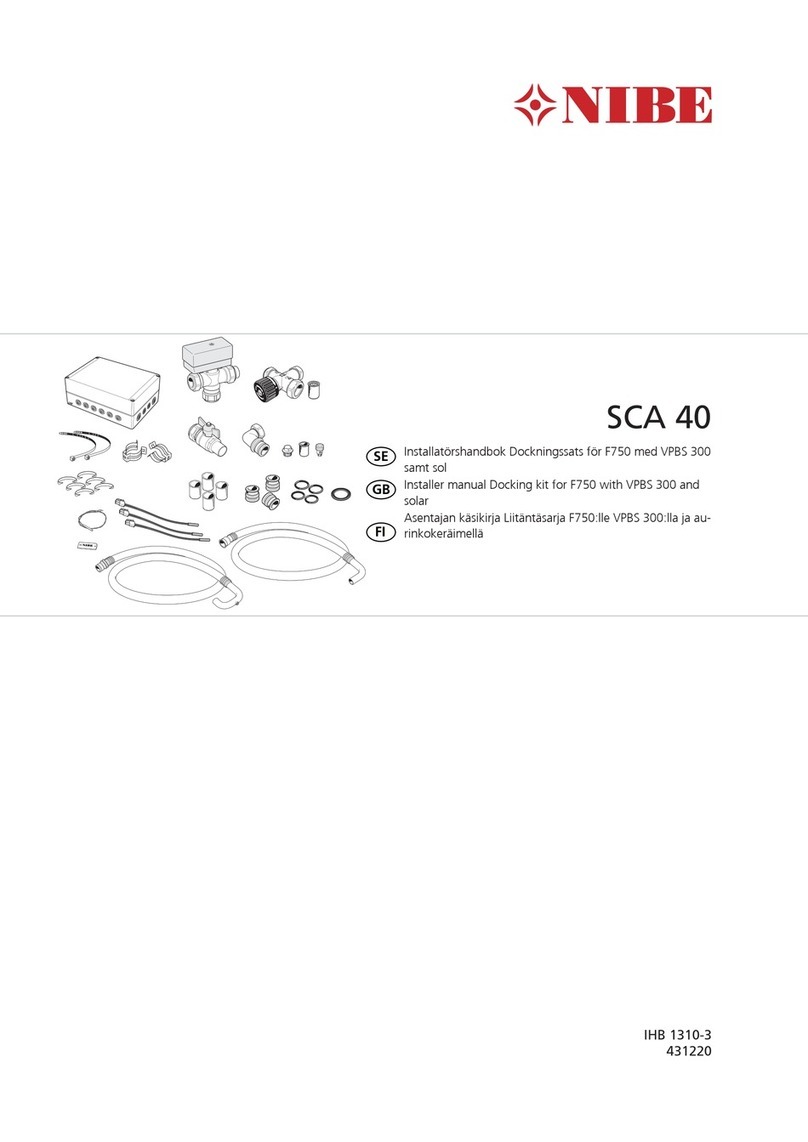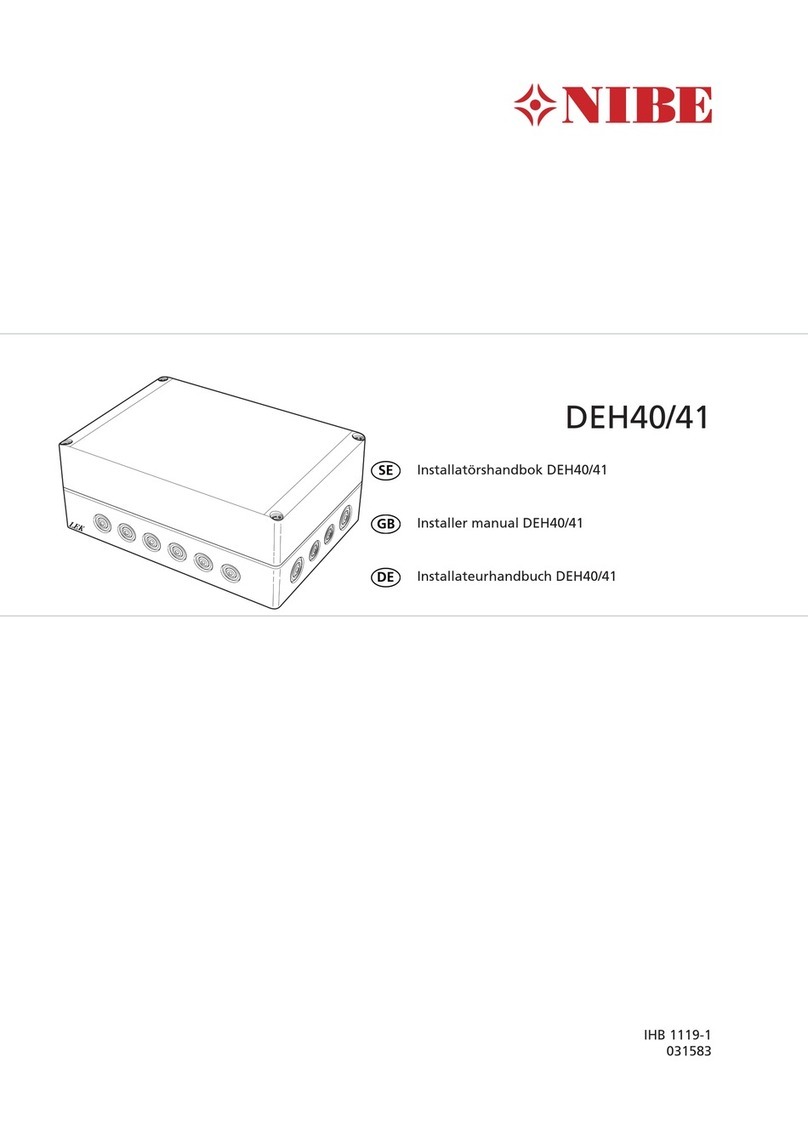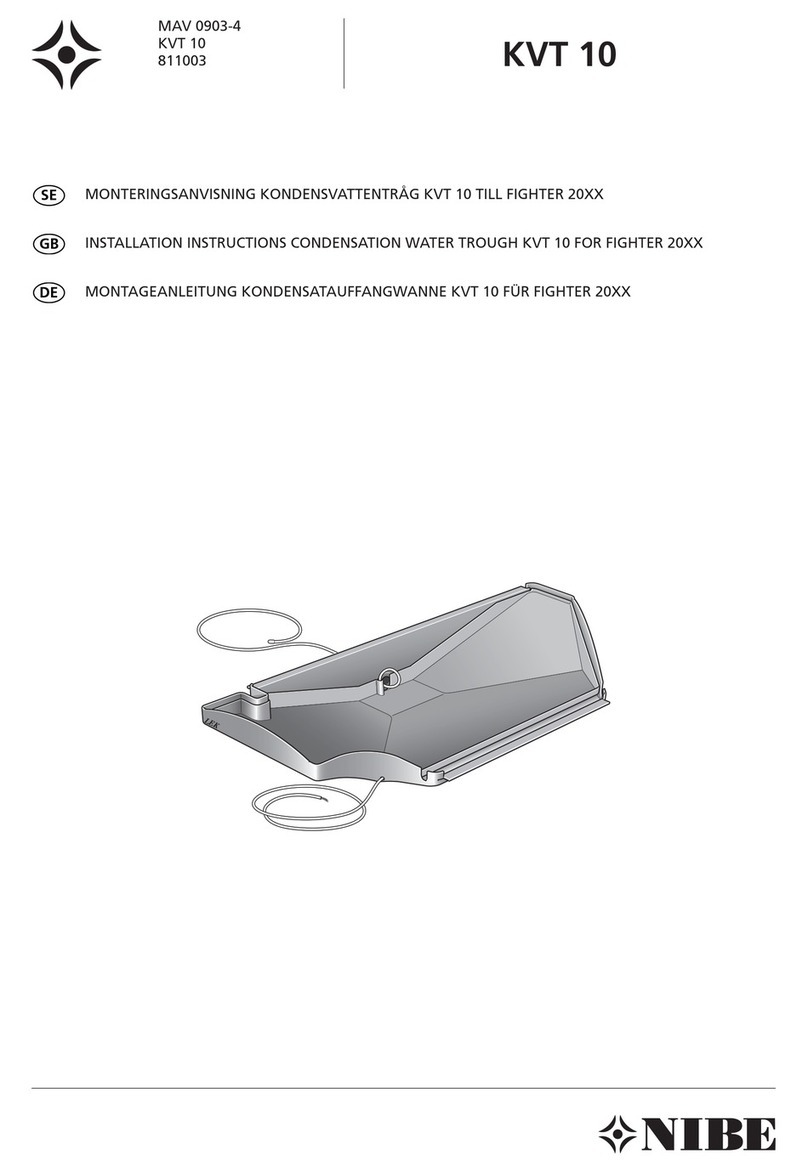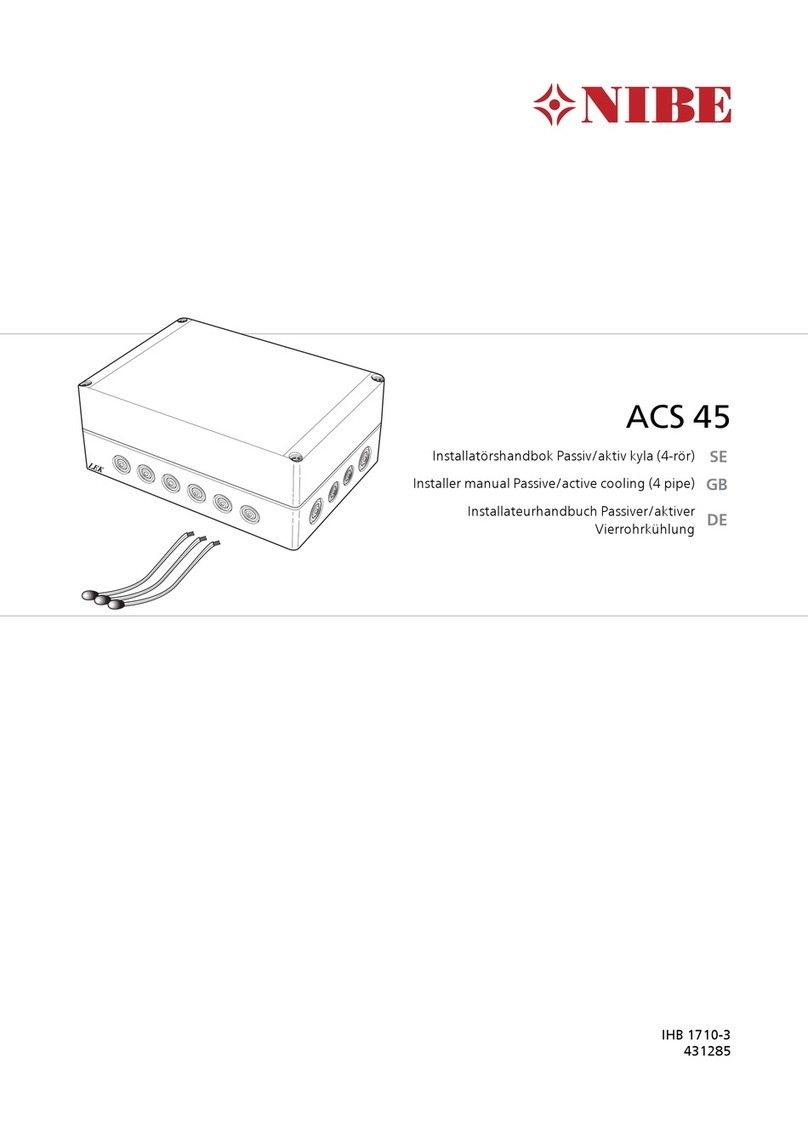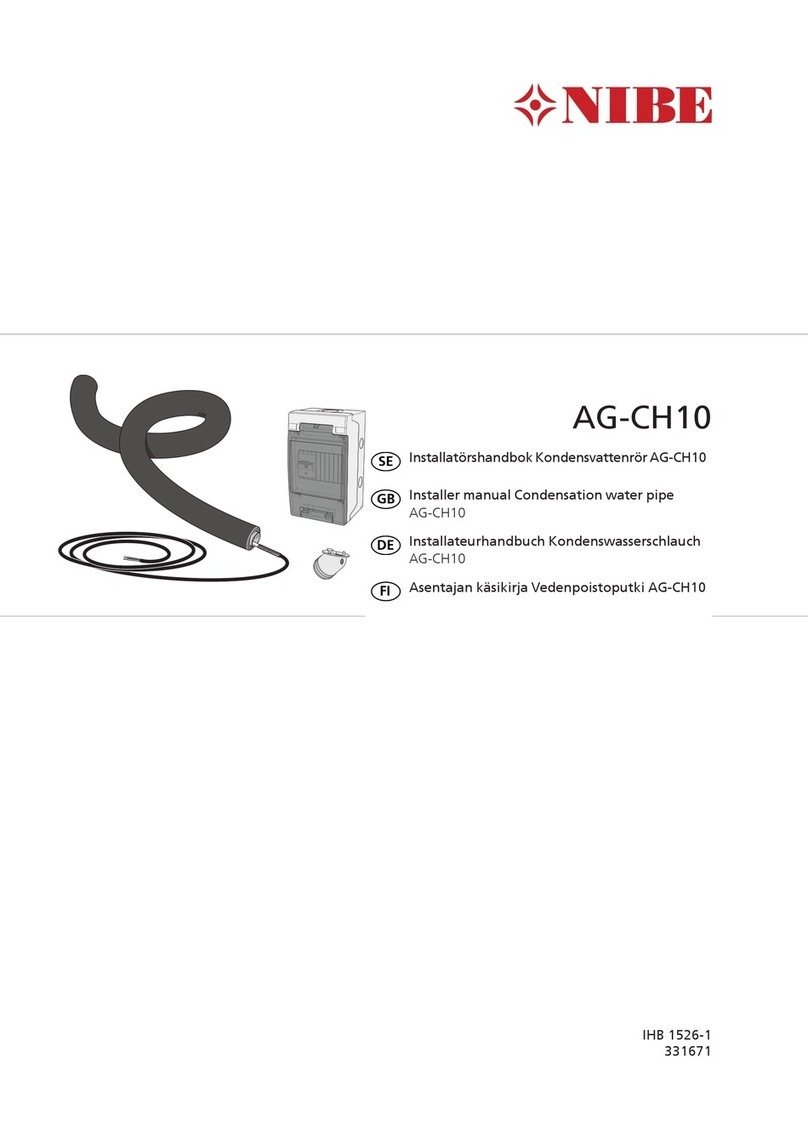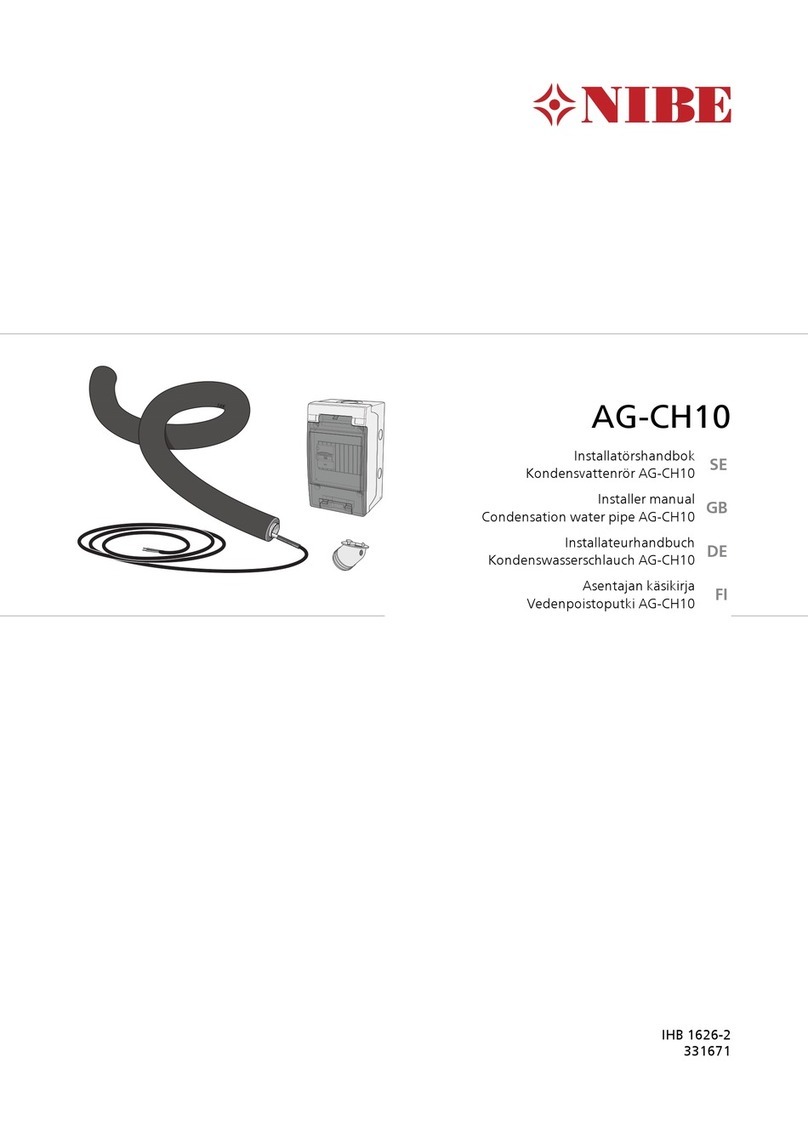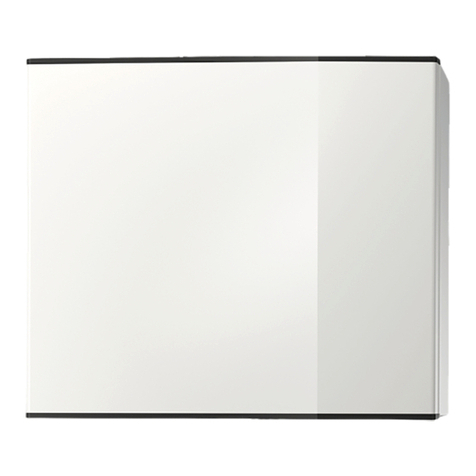
When heating is not required, during summer for instance, turn the room thermostat down to say 16 degrees
C as this will prevent the heating from coming on unnecessarily.
Within the control panel, you should also periodically check the pressure gauge (A). If the pointer on the dial
drops to 1 bar you should report this to your housing association as a service call may be required.
Hot water for bathing and washing should always be available on demand and is drawn from the cylinder
housed in the tall unit. If you require more hot water this can be activated by turning control knob to 2 on the
control panel to the front of the tall heating unit, but remember to reset this to your normal hot water pattern
once demand has been satisfied.
Use of the radiators
The radiators installed in your home have been chosen to compliment the heating system. Because water is
delivered to the radiators at a lower temperature than a conventional gas radiator system to save energy, a
small fan unit is incorporated within each radiator to help convect heat into the rooms. These fans work
automatically and use very little energy so cost little to run.
On the side of your radiators is a thermostatic radiator valve (TRV) which should generally be left on /
towards the maximum setting of 3-4 in living rooms although in bedrooms a slightly lower setting may be
more comfortable for sleeping. The radiators have been specifically set up for your home so in effect they are
self regulating and will deliver heat just when you need it.
If you require additional heat in the room, perhaps when you arrive home during a winter evening, simply
push the boost button once and the radiator will deliver a super powered heating boost for approx.15
minutes. Once the room is sufficiently warm you should return the radiator to comfort mode using the same
button.
General information
There are no user serviceable parts in the heating system or the radiators. In the event of a problem or
heating failure please report this to your housing association.
Your housing association will arrange annual service / health checks of the heating system to be undertaken.
This will include removal and cleaning of the filters located behind the casing of the tall heating unit. It is
possible that a ‘Filter-Alarm’ message will appear in the display panel (C). Our service call will also include
cleaning of the removable filters in the fresh air inlets provided into your home (not part of the heating
system). You may wish to clean these easily user serviceable fresh air inlet filters more often by removing
them, vacuuming or washing clean and replacing again once dry.
An explanation of the above will be provided to you at your home. Further details of the heating system and
radiators are included in your residents pack and this information sheet should be placed with these. If you
have any questions or issues with the system, please contact your housing association for assistance.
Summary of general standard settings for heating
oLeave circular knob on control panel set at 0
oLeave room thermostat set at 20-21 degrees C
oLeave radiators set in COMFORT mode and TRV’s on 5
oSet the heating for the appropriate season
oDo not open windows to clear condensation when bathing or cooking.
Adequate thermal comfort should automatically be delivered in your home at these settings.

